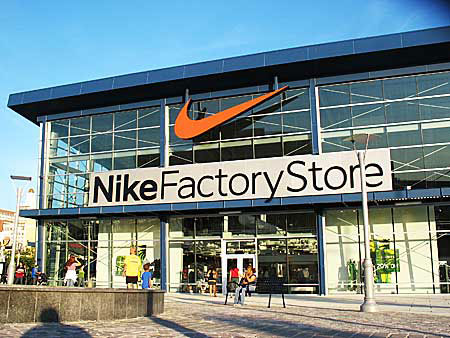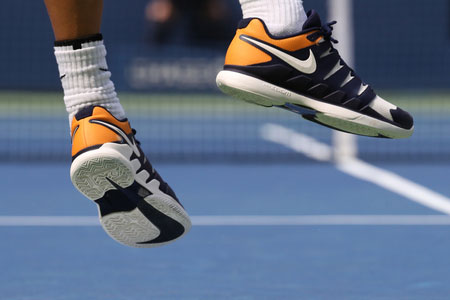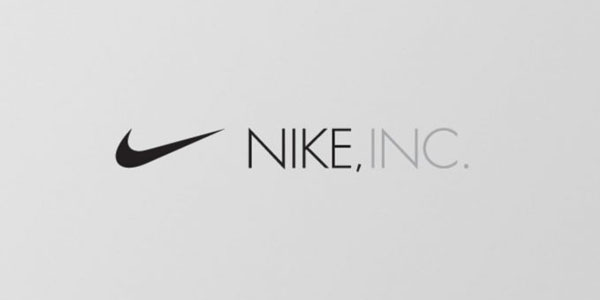Founded in 1964, Nike is a multi-billion dollar footwear and clothing conglomerate with operations worldwide. Many of the company's goods are used for casual or recreational activities while being mainly developed for sports. Most of Nike's goods are made by third-party contractors and sold directly to customers via Nike retail locations and digital platforms or through third-party distributors, licensees, and sales agents. To find an answer to How Nike Makes Money, keep on reading.
Nike's Financial Statements
COVID-19 pandemic and associated effects continue to influence global supply chains and generate volatility in Nike's worldwide business results and operations, according to the company's financial statement reports for the third quarter. Coronavirus infections are rising in the company's Greater China region, which has increased temporary retail closures. Additionally, the company's goods' availability continues to be affected by long inventory transit caused by port congestion, transportation delays, and labor and shipping container shortages.
NIKE's several business units
Nike's income is broken down into the following categories:
Footwear
A substantial portion of NIKE's athletic footwear items is intended for particular sports applications, although they are also used for casual or recreational uses. Brand NIKE caters to the following eight categories: Sporting Goods, Running, Basketball, Soccer (Football), Training, Sportswear, and Golf Gear are all included. NIKE's top-selling footwear categories include running, basketball, and soccer (football).

Apparel
NIKE athletic footwear and clothing share many of the same trademark and distribution methods, including the use of the Swoosh logo and the swoosh design element. The top-selling clothing categories include sportswear, men's training, running, and soccer (football). NIKE also sells merchandise with the official logos of collegiate and professional sports leagues.
Equipment
Performance equipment &'' accessories from Nike include backpacks, socks, sports balls, eyeglasses, watches, digital gadgets, bats and gloves, protective equipment, and golf clubs.
The divisions of global brands
Three of Jordan Brand's global brand divisions are Hurley, Converse, and Jordan Brand Design:
- Jordan Brand Designs use the Jumpman trademark for marketing and licensing sports and leisure footwear, clothes, and accessories.
- Hurley produces and markets a range of clothing and accessories for the active young market.
- Converse produces, distributes, and licenses casual footwear, clothes, and accessories under Converse, Chuck Taylor, All-Star, One-Star, Star Chevron, and Jack Purcell brands. Converse's operating results are disclosed as a separate entity.

How Does NIKE Make Money?
NIKE makes money by selling its products directly to consumers or via resellers. NIKE sells straight to the people via the following channels: Online and in-store. Customers may also get in touch with NIKE via the company's extensive dealer locations, which include footwear and sporting goods stores and sports specialty shops, department stores, and skate, golf, and tennis shops.
Nike's Business Model: The Basic Elements
As a result of NIKE's business model, which prioritizes core activities such as design, development, and marketing, as well as outsourcing non-core activities like production to contract manufacturers, the company has been able to maintain its dominant position in the extremely competitive sportswear tools and apparel market.
Nike's recent advancements
Earlier this year, Nike made several adjustments to its distribution chain to better serve its consumers. In North America, the firm's distribution hubs in Memphis, TN, will serve as the backbone of its operations through the winter of 2020, according to the corporation. In addition to its European logistics hub in Belgium, the business opened a regional service center in Madrid. According to Nike, new technologies, including Machine learning and artificial intelligence, will be used to boost distribution centers' operational effectiveness. Several additional supply chain-related initiatives have been revealed by the corporation, as well.
How Nike Measures and Reports on Diversity and Inclusion
Investors may now look into Nike's dedication to inclusion, diversity, and social responsibility as part of our ongoing effort to raise investor understanding of this issue. We analyzed Nike's publicly available board and staff diversity statistics to assist our readers in making more informed purchase and investment choices.
Conclusion:
Nike mainly sells footwear and gear for jogging, NIKE Basketball, Jordan Brand, Soccer (Football), Training, and Sportswear. Converse is also a part of the company's portfolio. With the help of their team of athletes, the sportswear firm devotes considerable resources to developing new technologies that improve the comfortability of their sportswear.




